Food photography through a microscope
Categories: Food and Drinks | Microworld
By Pictolic https://pictolic.com/article/food-photography-through-a-microscope.htmlKaren Alpert from San Francisco specializes in photographing food and ready meals. But a year and a half ago, she decided to experiment and started taking pictures with an electron microscope. So we have the opportunity to take a look at what they look like
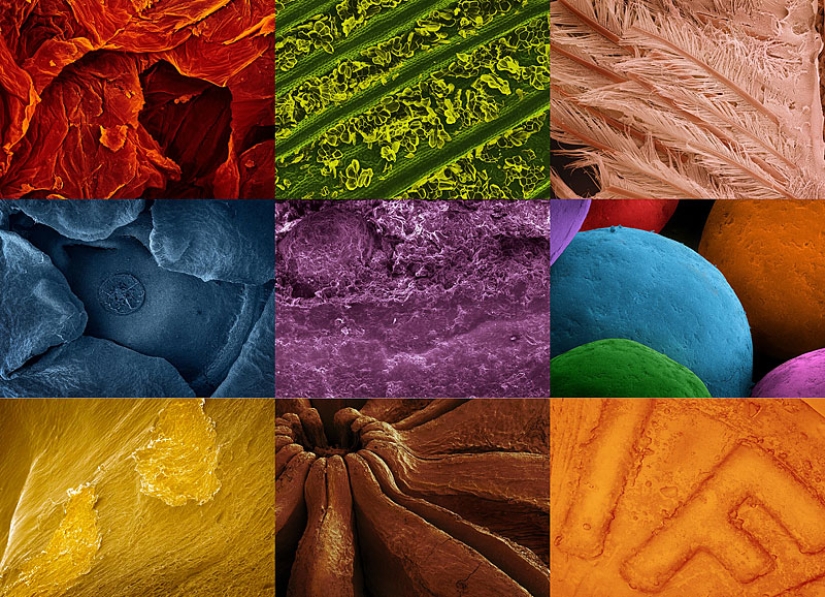
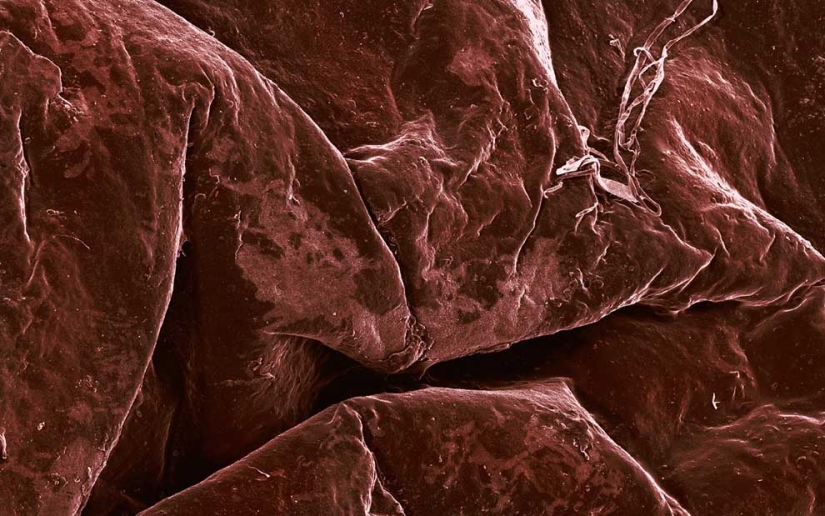
1. Raisins (35x magnification)
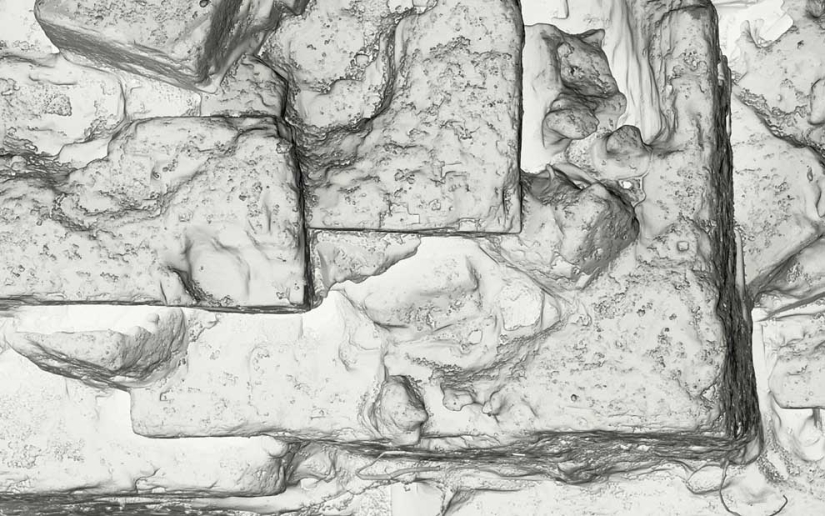
2. Salt (45x magnification)
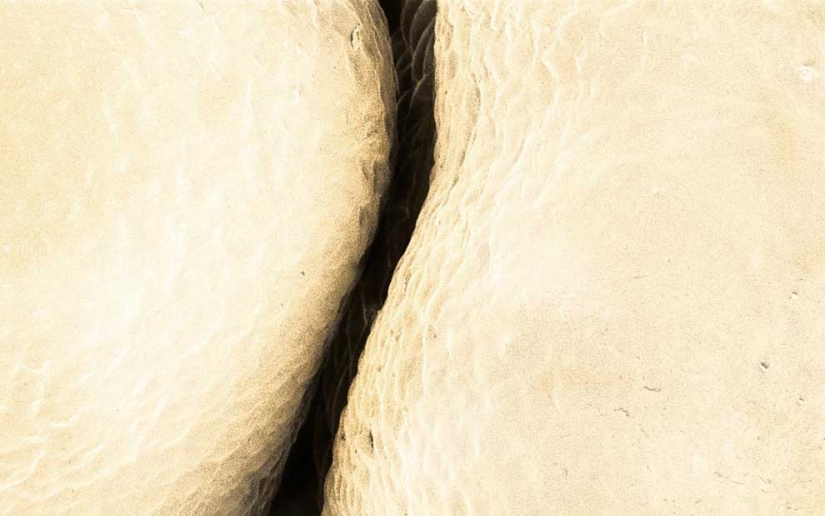
3. Cauliflower (850-fold magnification)

4. Cookies with predictions (150-fold increase)

5. Black kiwi seed (320x magnification)
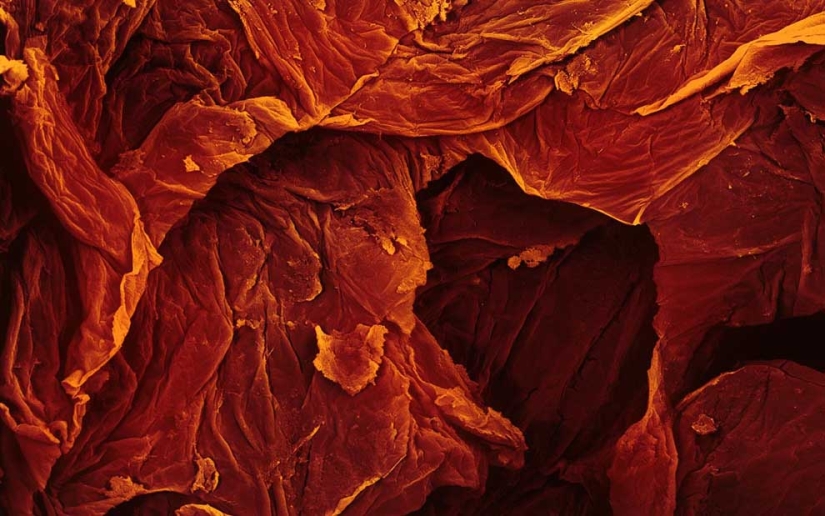
6. Dried tomatoes (250x magnification)
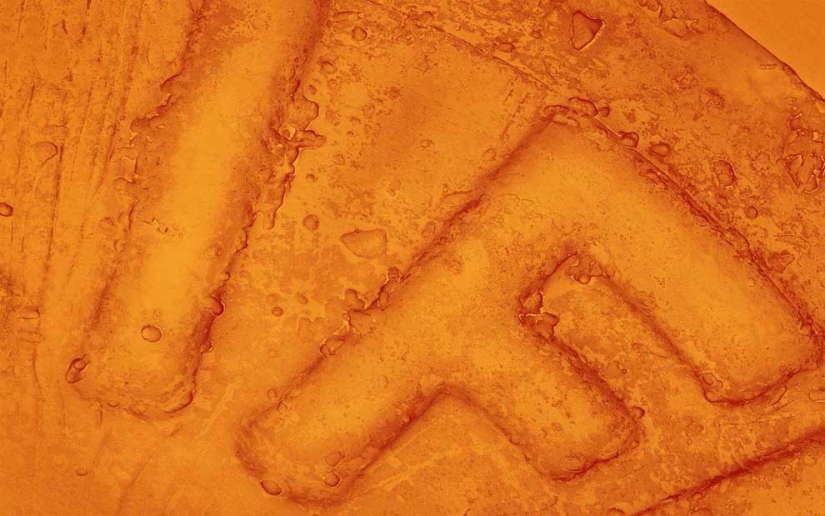
7. Caramel "Life Saver" (17-fold increase)
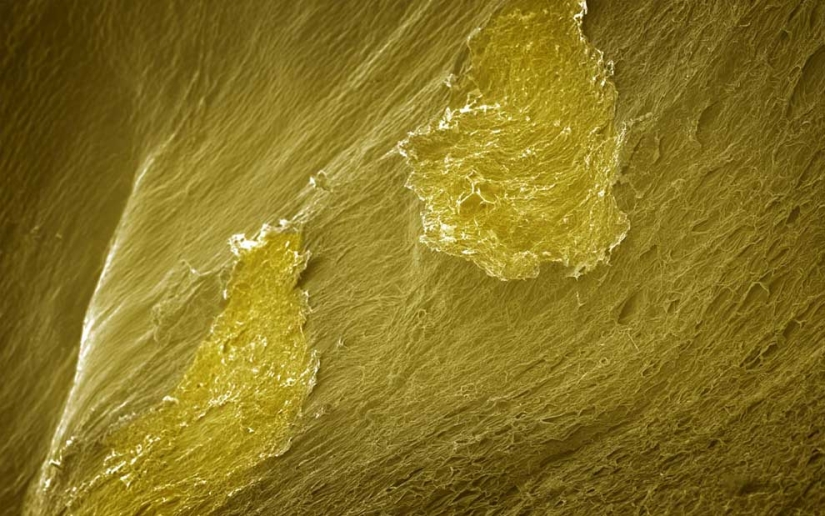
8. Passion Fruit (32x magnification)
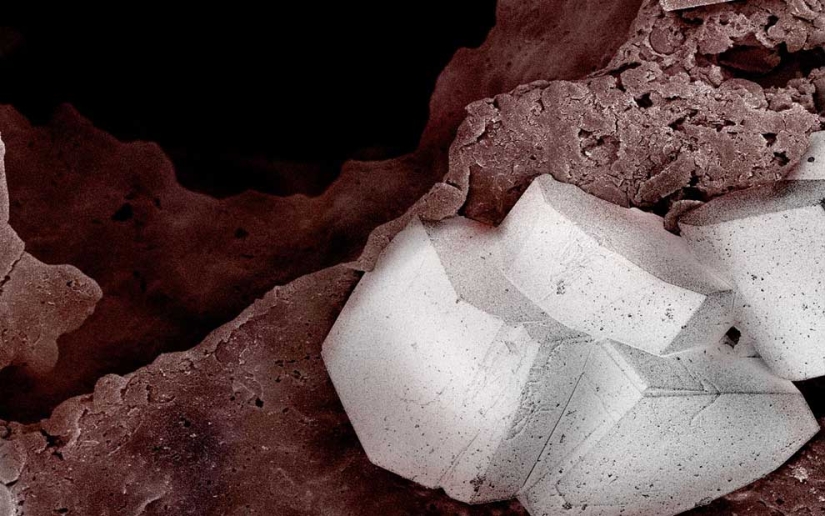
9. Chocolate cake (320x magnification)
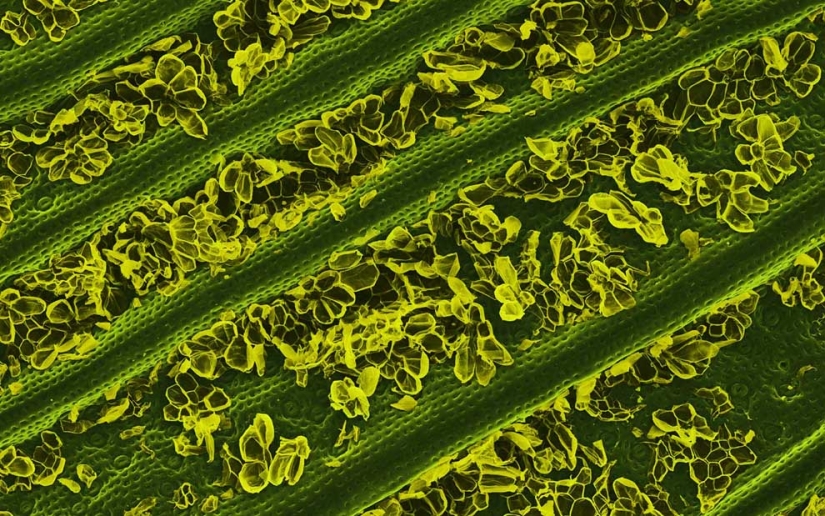
10. Pineapple leaf (85x magnification)
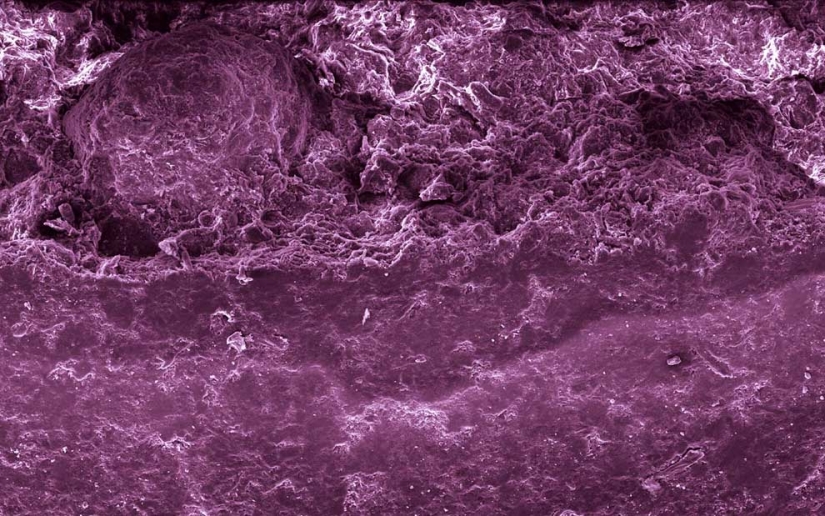
11. Vitamin C (50-fold increase)

12. Raw almonds (110x magnification)
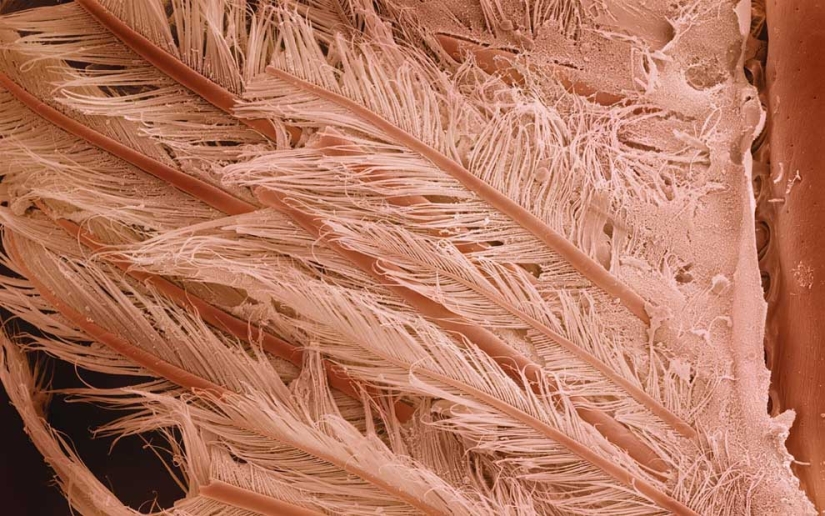
13. Shrimp tail (230x magnification)
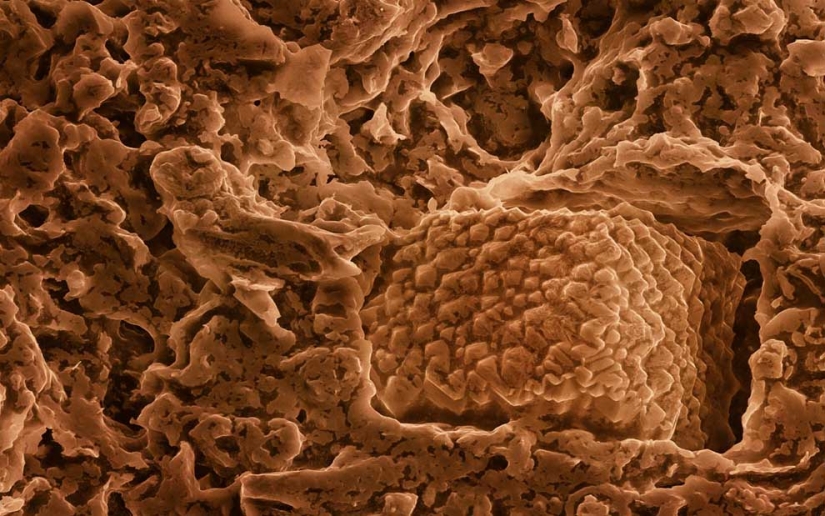
14. Deep-fried onions(300x magnification)
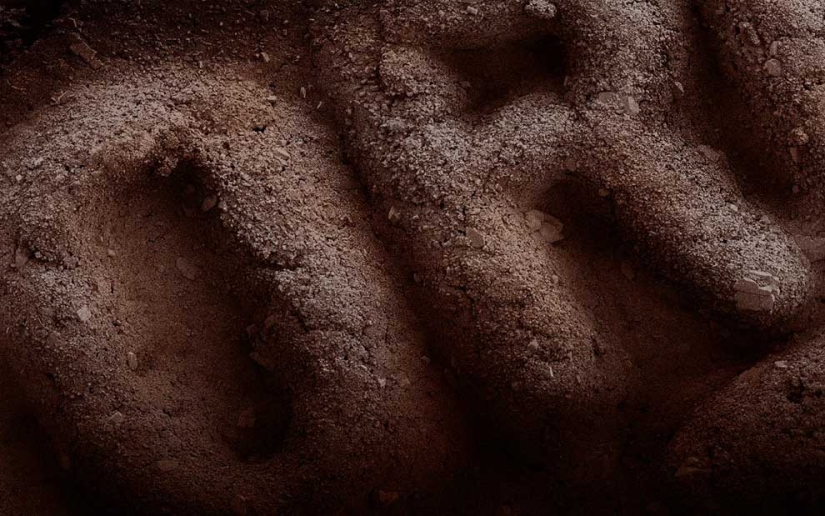
15. Oreo cookies (110x magnification)
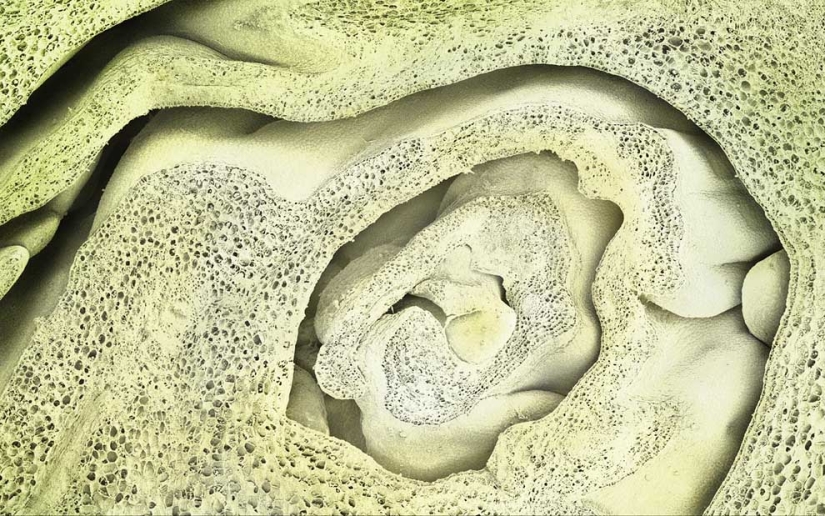
16. Brussels sprouts (110x magnification)
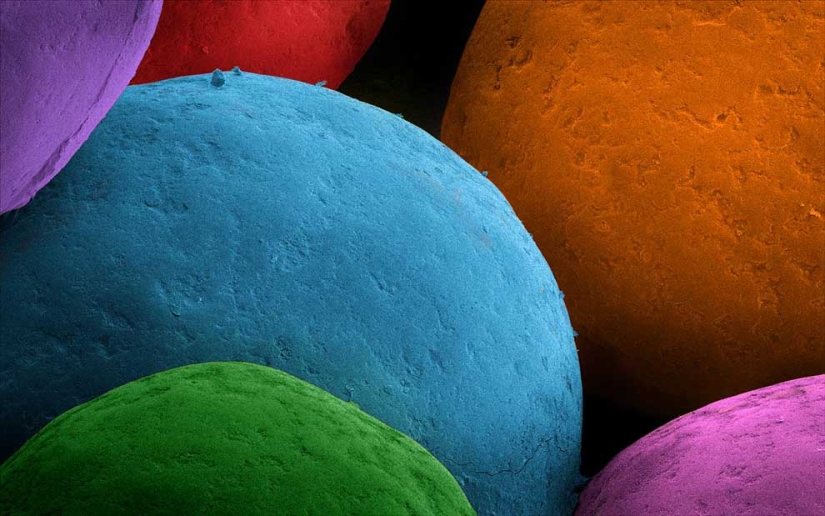
17. Decorative sprinkling for confectionery products (65-fold increase)
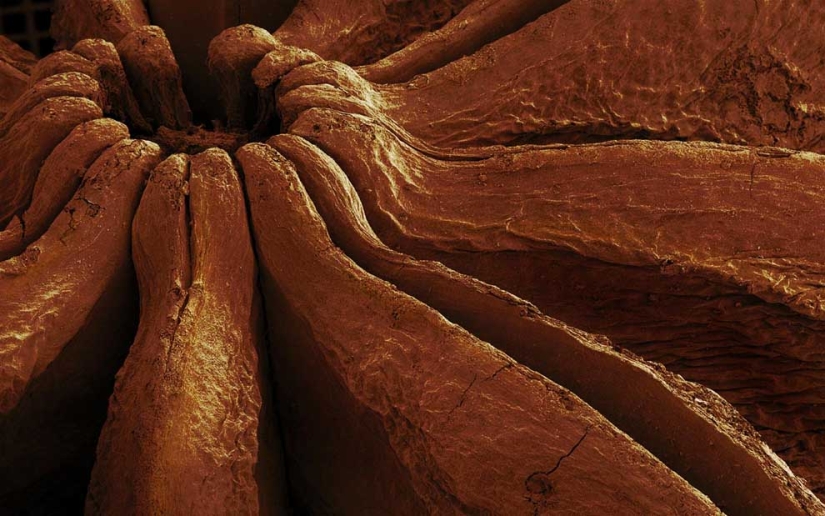
18. Anise star (14x magnification)
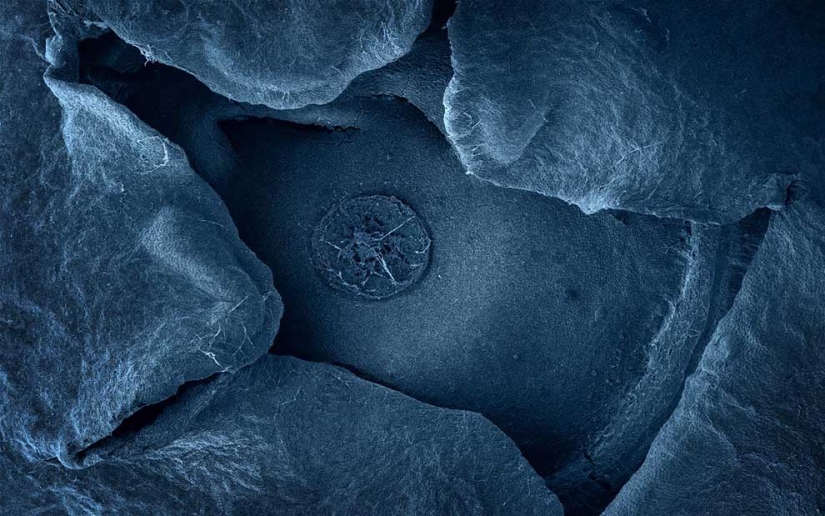
19. Blueberries (19x magnification)
Keywords: Microphoto | Microscope | Photographer | Food | Microcosm | Food and drink
Post News ArticleRecent articles

What kind of wedding traditions do not happen! The Scots pour dirty slush over the bride, some peoples of India have decided to get ...

Every parent who has a toddler of kindergarten age growing up knows that the most terrible sound in the house, which causes ...
Related articles

Photographer Alexander khimushin took a backpack and went to travel the world. He visited 84 countries and realized that the most ...
The name of the photographer is not known to everyone, but it is difficult to find a person who is not familiar with his works. ...

The pictures of Christy Lee Rogers from Hawaii are distinguished by an unusual style: her works are surprisingly similar to the ...

Reddit users gathered once and let's brag about who and what they treat in school canteens. Both the students themselves and their ...